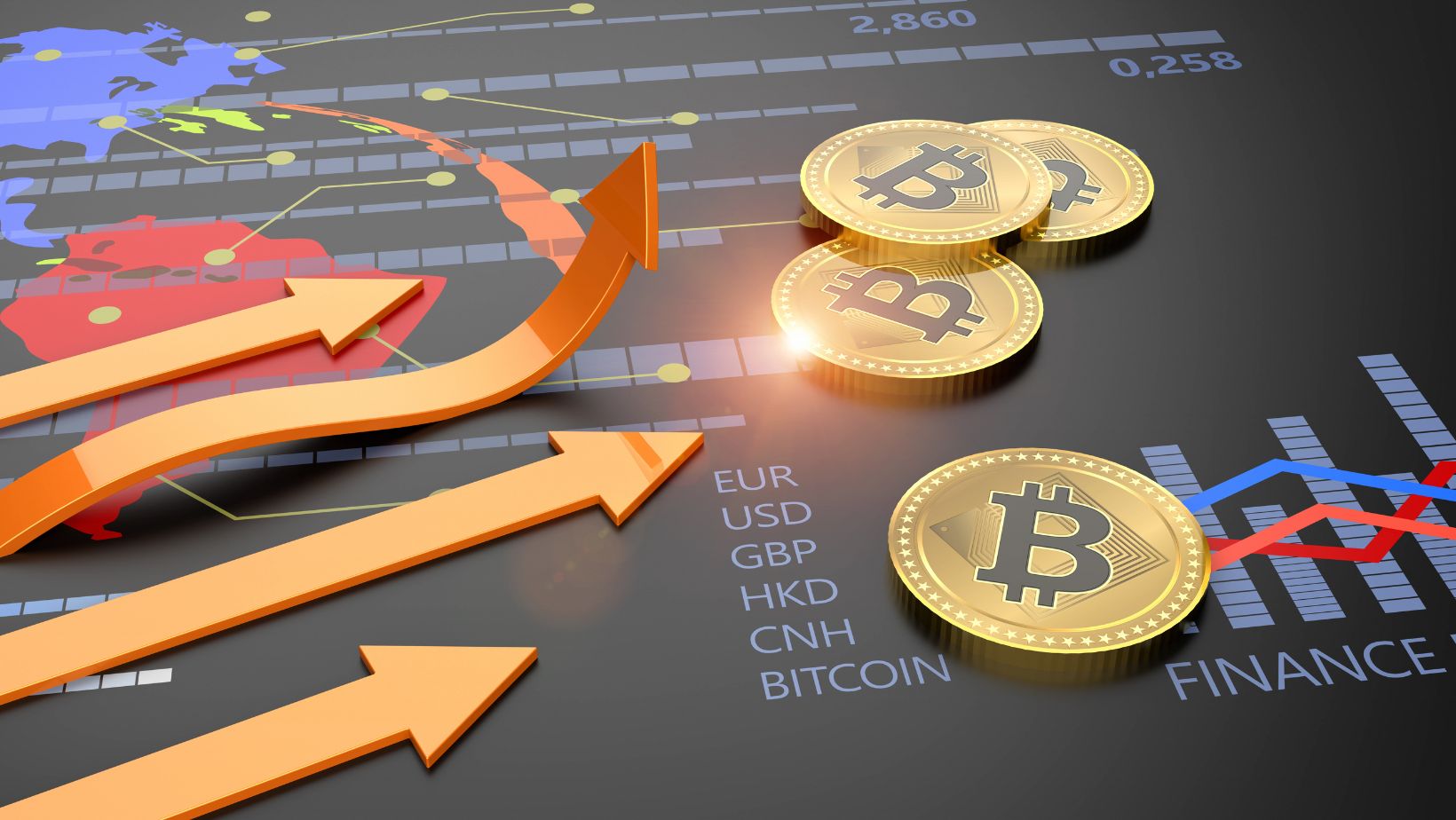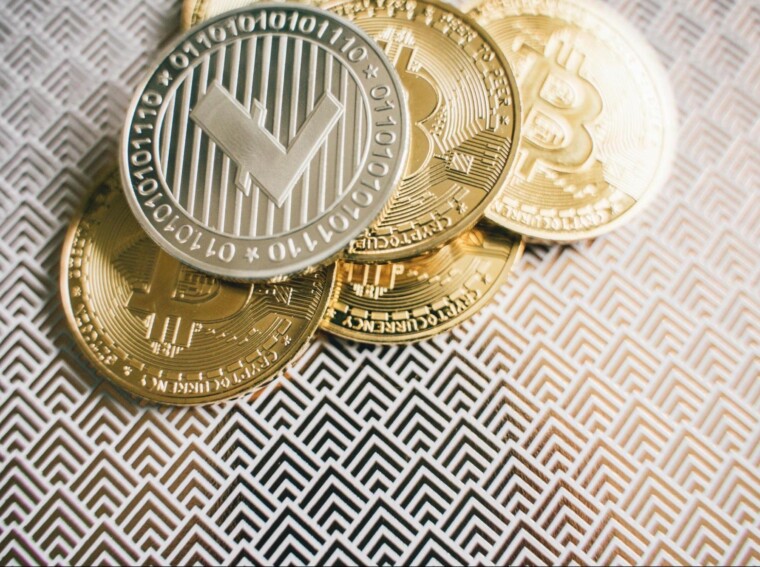Way back when pixelated warriors roamed dungeons and side-scrollers ruled the screen, gold coins were king. Games like Super Mario Bros. and The Legend of Zelda gave us simple goals—grab coins, collect loot, win glory. Nothing too fancy. Just pure arcade logic. Those coins didn’t do much outside of buying mushrooms or bombs, but they gave structure. They meant progress. And sure, they sparkled—but their value? Totally confined within the screen.
Beyond the Screen: Real-World Value in Digital Economies
As gaming evolved from simple coin-collection mechanics to complex virtual economies, the concept of value within games expanded significantly.Modern games now feature intricate systems where in-game assets can hold substantial real-world value, spanning everything from NFT marketplaces and blockchain-based titles to virtual real estate hubs.
Platforms that don’t require registration have followed a similar path, offering instant access and full asset control, in line with how players now prioritize speed, privacy, and ownership in digital environments. For instance, the rise of no kyc casinos allows players to engage in gaming activities without traditional identity verification processes, enabling a more seamless and private experience. These platforms often support cryptocurrency transactions, reflecting the growing intersection between gaming and decentralized finance. They also tend to offer generous bonuses, faster withdrawals, and fewer geographic restrictions.
Such developments highlight how digital economies are increasingly influencing and integrating with real-world financial systems. This blurring of lines between in-game and real-world value has set the stage for player-driven economies to flourish—where virtual actions can carry tangible financial impact far beyond the confines of the game world.
The Birth of Player Economies
Then came the giants: Runescape, World of Warcraft, and others that flipped the script. Suddenly, it wasn’t just about hoarding coins. Players were trading, crafting, auctioning—running full-blown markets. Gold pieces and rare drops started to feel oddly… real.
People formed in-game businesses. Supply and demand? Alive and well. Some players even skipped the “play” part entirely—buying and selling items for actual cash. Game economies weren’t just systems anymore—they became ecosystems.
When Real Money Entered the Chat
The rise of microtransactions changed everything. Games stopped being one-time purchases. Instead, they became experiences you could “enhance” with a few bucks here and there. Cosmetic skins? Time-savers? Loot crates? Just a credit card away.

Fortnite is a textbook case. Free to play—but that V-Bucks shop? It’s a magnet. Players started making spending choices just like they would at a mall. This mall was filled with emotes, costumes, and imaginary hammers.
Not everyone was thrilled, though. Some shouted “pay-to-win!” Others didn’t mind. The point is: that money was no longer outside the game—it lived inside it.
Enter the Token Era
Here’s where things get spicy.
Along came blockchain. No longer were in-game items just data sitting on a developer’s server. Now they could be tokens—unique, verifiable, and transferable. In other words: they belonged to the players. For real.
Games like Axie Infinity and Illuvium brought tokens to the forefront. Own a sword in-game? Great. That sword could be sold, traded, or even rented out in an open marketplace. Players weren’t just grinding—they were participating in something bigger.
This shift turned some heads. Suddenly, a player’s digital inventory wasn’t just clutter—it was an asset portfolio. Think rare dragons, not dusty loot.
Why It Matters (and Why It’s Messy)
Tokenized economies sound slick, and in many ways, they are. They introduce:
- True ownership of in-game assets: No more wondering if that rare sword might disappear during the next update. With tokenization, players can actually claim permanent ownership of their loot—stored on-chain, visible to all, and not just sitting on some centralised server ready to be patched away.
- Player-driven markets without middlemen: Trades don’t have to pass through corporate filters anymore. When players control the economy, prices reflect real demand. That spellbook isn’t valuable because a dev said so—it’s valuable because the community needs it and is willing to pay for it.
- Transferable value across platforms (in theory, anyway): Imagine earning a battle-worn shield in one game, then taking it into a completely different title. While we’re not fully there yet, the concept of cross-platform assets points toward a more open and modular gaming future—where players move through digital worlds carrying more than just XP.
But the road’s far from smooth.
Not all tokens are created equal. Some inflate like balloons, others vanish overnight. Then there’s the legal soup: Are these assets? Securities? Magic beans? Depends on who you ask (and where).
Plus, accessibility is still an issue. Not every gamer wants to deal with crypto wallets or transaction fees just to buy a virtual helmet.
When Game Worlds Mirror Real Ones
As games grow more complex, they’re starting to resemble mini-societies. There’s governance, inflation, speculation. Some titles even experiment with voting systems where players shape the game’s evolution. It’s like politics—only with better graphics.

We’ve seen “digital landlords” purchasing virtual plots in metaverse-style games. There are virtual fashion designers. Digital pet breeders. It’s weird. And it’s brilliant.
What’s even stranger? These virtual actions sometimes ripple into the real world. A rare item spikes in price, and suddenly, someone’s monthly rent gets paid. It’s not just entertainment anymore—it’s commerce.
Are We Gamers or Entrepreneurs?
Here’s where things blur. In the past, games were escapes. Now, they’re also side hustles. The mindset has changed.
Players aren’t just playing—they’re strategizing. Managing virtual investments. Watching marketplaces like hawks. Some hop between games like traders jump between markets. If one world slows down, there’s always another galaxy to conquer.
And while it’s not all about profit, the option to benefit from play adds an extra dimension. Just like streaming turned everyday people into influencers, tokenized gaming turned everyday gamers into micro-moguls.
What’s Next?
Tricky question. Some say the token hype will fizzle. Others believe it’s only the beginning. Reality? Likely somewhere in the middle.
We’ll probably see more hybrid models. Games where tokens coexist with traditional currencies. Others may experiment with new economic layers, like player-run banks or lending systems. Who knows—maybe we’ll even get interest rates in dungeons.
The Human Side of It All
Here’s what’s easy to forget: behind all the tech, the tokens, the trading platforms—there are players. Folks making choices. Chasing upgrades. Building clans. Testing boundaries.
Economies aren’t just systems. They’re stories. Every transaction, every trade, every gamble (the in-game kind!) is a move in someone’s bigger journey.
And that’s why the evolution of in-game economies matters. Not just because it changes how games are built, but because it changes how we, as players, relate to them.
These aren’t just games anymore. They’re worlds. And we’re not just passing through—we’re shaping them.

